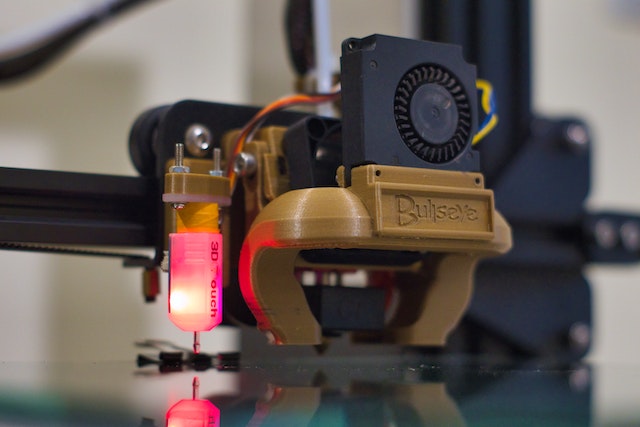Traditional techniques have long been the foundation of creative expression in the world of sculpture and design. However, 3D printing has brought about a paradigm shift, offering artists and designers new tools for problem-solving and pushing the boundaries of what’s possible.
Precision and Complexity
In sculpture and design, one of the major benefits of using 3D printing is its unparalleled precision. Traditional sculptors often face challenges when attempting to recreate intricate details, but 3D printing eliminates these limitations. Artists can now translate their visions into tangible objects with remarkable accuracy.
Overcoming Material Constraints

Material selection has always been a critical factor in sculpture and design. With 3D printing, artists and designers can choose from various materials like metals, plastic, and even ceramics, enabling them to experiment and push the boundaries of their creativity. This flexibility in material choice opens up new avenues for problem-solving in the creative process.
Time Efficiency
Creating intricate sculptures or intricate design prototypes can be incredibly time-consuming using traditional methods. 3D printing significantly reduces production time, allowing artists and designers to focus more on refining their concepts and problem-solving rather than getting bogged down in laborious manual work.
Sustainability and Waste Reduction
In an era where sustainability is a top priority, 3D printing aligns perfectly with these values. Traditional sculpting and design processes often generate significant waste, but 3D printing minimizes material wastage. Artists and designers can optimize their designs to reduce material consumption, contributing to a greener and more eco-friendly creative industry.
In addition to that, with the versatility of 3D printing, it allows for mass production of customized designs. Whether it’s producing a series of unique sculptures or creating personalized design pieces, 3D printing offers a scalable solution without compromising on quality.
Bridging the Gap Between Concept and Reality
3D printing also eliminates the gap between conceptualization and realization.
Artists and designers can create detailed prototypes quickly, enabling them to refine their ideas and solve design problems effectively.
As 3D printing technology continues to evolve, it’s clear that the future of sculpture and design will be deeply intertwined with this innovative process. Artists and designers are only beginning to scratch the surface of what’s possible.
